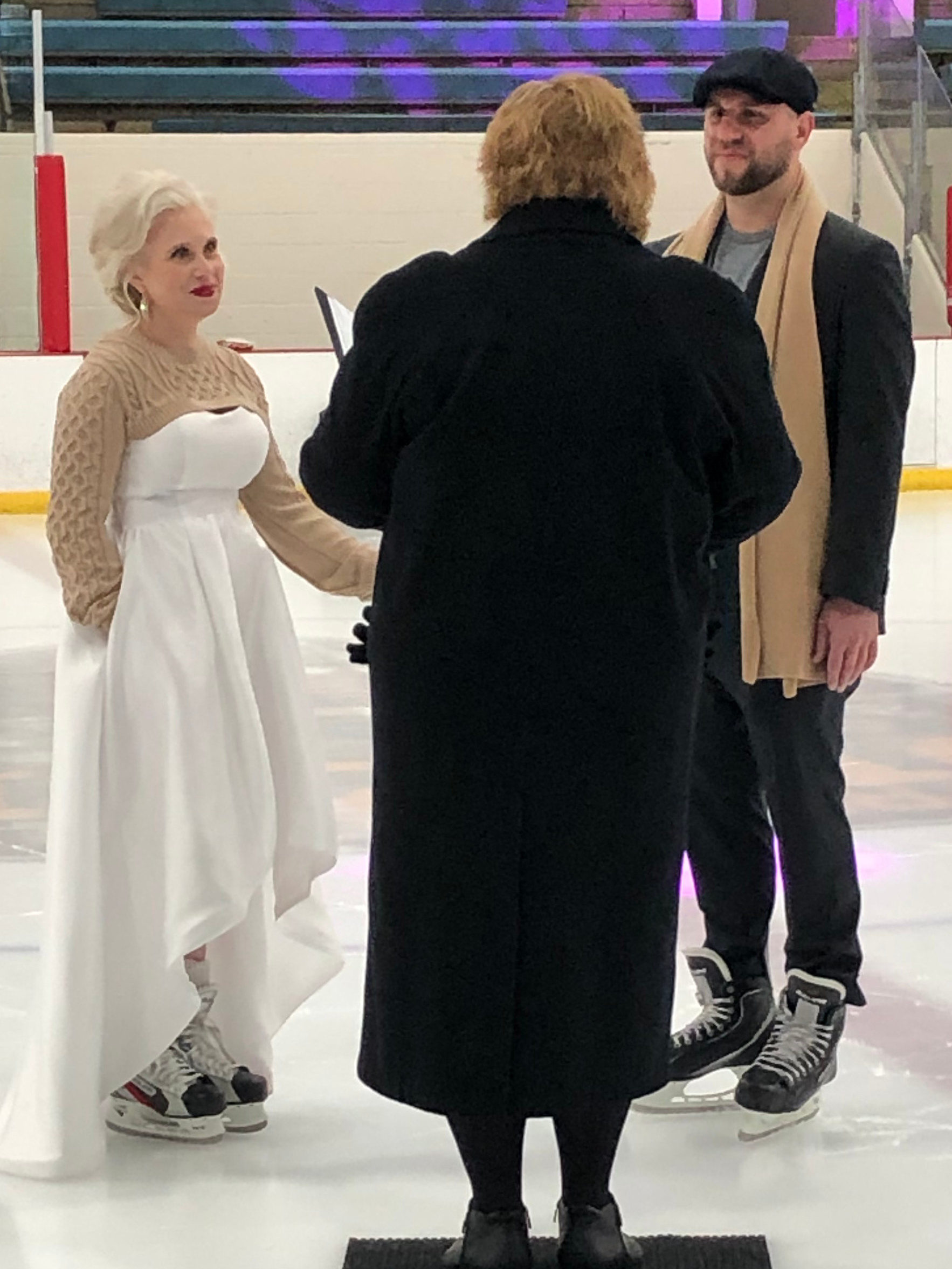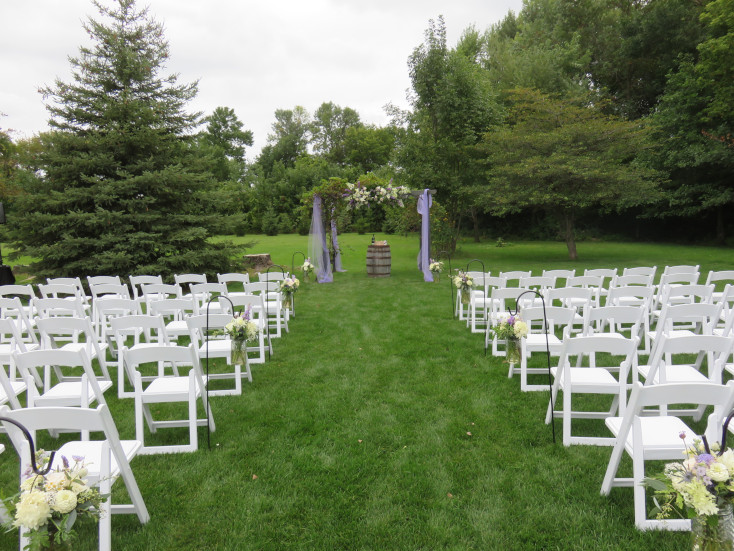Rejecting Ceremony Traditions
Rejecting ceremony traditions when designing your wedding is sometimes a good thing to consider. Traditions can be wonderful and memorable, but can also be outdated or downright offensive. Selectively choosing the ceremony traditions that are meaningful to you allows the ceremony to be truly representative of you as a couple.
There are four ceremony traditions in particular that you will want to consider either jettisoning or significantly reworking.
- Giving away the bride. This tradition dates from the time when women were considered chattel to be passed from father to husband. If you choose to leave it out of your ceremony no one will miss it. If it’s important for some reason to include some version of it, consider having the celebrant ask, “Who supports this couple in their choice to marry?” All parents can stand and respond, “We all do.”
- Including, “love, honor and obey” in the vows. This can be easily modified to replace “obey” with “cherish”. Or select or write personal vows unique to the two of you.
- Including prayers or readings from holy books. If you’re planning a secular or non-religious ceremony but want to include a reading there are many lovely passages in literature and popular culture on love, marriage, friendship, and commitment that can be used.
- Having your celebrant offer a sermon or homily. Rejecting this traditional part of the wedding ceremony leaves space for sharing parts of your story as a couple, celebrating the love that has brought you to this moment.
Rejecting ceremony traditions makes sense if you find the tradition offensive in some way, or you just don’t want to spend time on it. Removing or modifying traditions does not take away from the ceremony experience. In fact, it can make the ceremony more personal and more interesting. Keep the focus on you as a couple, your values, your love and your commitment to each other in marriage.


